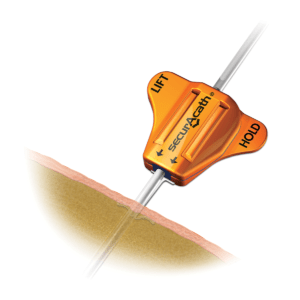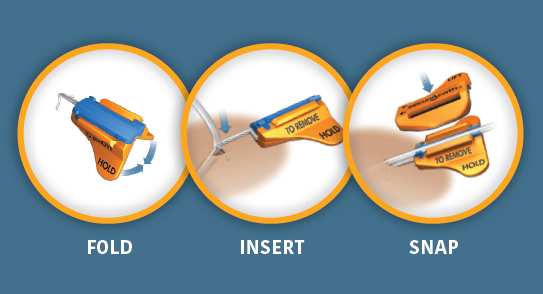1. Rowe, et al, “Catheter Securement Impact on PICC-related CLABSI: A University Hospital Perspective” American Journal of Infection Control, Open Access, June 17, 2020
2. Brescia, et al, “Subcutaneously anchored securement for peripherally inserted central catheters: Immediate, early, and late complications.” Journal of Vascular Access (2021) June
3. McParlan et al, “Intravascular catheter migration: A cross-sectional and health-economic comparison of adhesive and subcutaneous engineered stabilisation devices for intravascular device securement.” Journal of Vascular Access (2020) Jan;21(1):33-38.
4. Pittiruti, et al. “Clinical experience of a subcutaneously anchored sutureless system for securing central venous catheters.” British Journal of Nursing (2019) Jan 24;28(2):S4-14.
5. Zerla et al. “Evaluating Safety, Efficacy, and Cost-Effectiveness of PICC Securement by Subcutaneously Anchored Stabilization Device.” Journal of Vascular Access 18.3 (2017):238-242.
6. Dolcino et al. “Potential Role of a Subcutaneously Anchored Securement Device in Preventing Dislodgement of Tunneled-Cuffed Central Venous Devices in Pediatric Patients.” Journal of Vascular Access 18.6 (2017):540-545.
7. Hughes, Meinir Elen. “Reducing PICC migrations and improving patient outcomes.” British Journal of Nursing 23:Sup1, (2014): S12-S18.
8. 14. Gossens, et. al., SecurAstaP trial: securement with SecurAcath versus StatLock for PICCs, a randomised open trial. BJM 2018
9. Bouya S, et al. “Global Prevalence and Device Related Causes of Needle Stick Injuries among Health Care Workers: A Systematic Review and Meta-Analysis. Annals of Global Health.” 2020;86(1):351–358. doi: 10.5334/aogh.2698
10. Cooke C, Stephens J. “Clinical, Economic, and Humanistic Burden of Needlestick Injuries in Healthcare Workers.” Medical Devices: Evidence and Research. 2017:10
11. Lee J, Botteman M, Nicklasson L. “A Systematic Review of the Economic and Humanistic Burden of Needlestick Injury in the United States.” Am J Infect Control. 2004;32(3):E43. doi: 10.1016/j. ajic.2004.04.064











